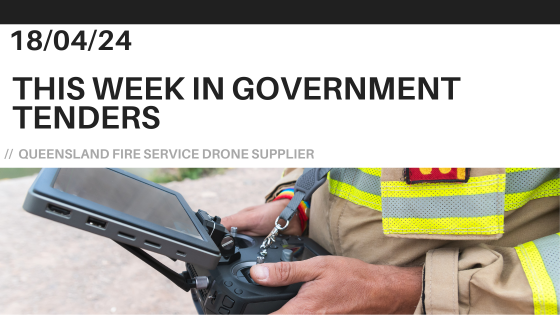The use of advanced and networked technologies on the battlefield is increasing. Future warfighting will more than likely centre on human-machine teams – physically and virtually. The Australian Army’s Robotic and Autonomous Systems (RAS) Strategy aspires to leverage emerging technology such as artificial intelligence (AI), autonomy, and robotics to gain operational advantage.
The Department of Defence via the Australian Army and the Defence Innovation Hub (DIH) seeks innovation submissions that will assist counter robotic and autonomous systems (C-RAS) capabilities for the Land Force. Just as Army is growing its own inventory of RAS capabilities, in parallel, it has a need to counter RAS threats as highlighted through recent conflict.
Army requires a layered system of systems that can detect, identify, target, and counter individual, multiple, and swarms of RAS threats, simultaneously, across the air, ground, and littoral environments.
This Approach to Market (ATM) provides notice of the multi-stage criteria.
– Stage 1 Call for Submission (CFS) criteria: Suitability, Feasibility, Timeliness, Innovation.
– Stage 2 Request for Proposal (RFP) criteria: Suitability, Feasibility, Timeliness, Innovation, Contribution to Australia’s Defence Industry Capability, Cost, Organisational Capability, and Capacity.
This procurement focuses on addressing Army’s C-RAS needs and seeks a minimum of Technology Readiness Level (TRL) 3 systems. Defence is seeking submissions that will include a technology demonstration of at least TRL 5 for Australian Army user evaluation within 12-18 months of contract commencement.
For context, industry could consider Army’s RAS Strategy that outlines the need to use un-crewed and autonomous platforms for mission scenarios, and then figure out how best to counter it. Defence encourages participants to maximise the use of passive means to detect and identify.
RAS covers a wide range of interconnected technologies, including uncrewed systems, AI, self-learning machines, and systems more able to make sense of their environment. The RAS Strategy should ensure Army can generate and maintain a combat advantage. The first iteration of the Strategy in 2018 led to rapid acceleration in knowledge and demand for RAS across Army.
The increased use of RAS capabilities will continue to evolve the way Army trains and fights – enabling increased tempo, decision-making, and reducing risk. In turn, this will afford commanders new opportunities in achieving competitive advantage in some of the most dangerous tasks in the future operating environment. RAS technologies also provide significant opportunities to improve the way in which we learn, adapt and train. Optimising the use of RAS capabilities enables Defence to determine the best ways to team with machines and systems.
The timeframe for delivery is within 12-18 months of contract commencement. Exemplary documents and tips for submissions are on the DIH Website: https://innovationhub.defence.gov.au/call-for-submissions/.
The closing date for responses is 2pm ACT local time on 18 April 202
If you are after further advice on this topic or any opportunity listed below, feel free to contact us. You can also subscribe to this newsletter for regular weekly updates.




